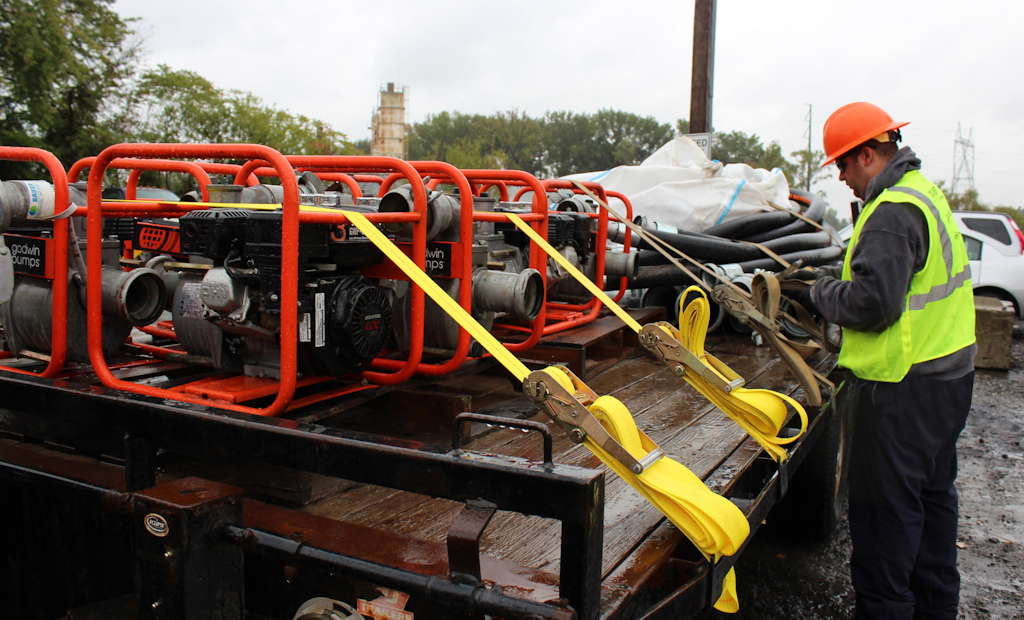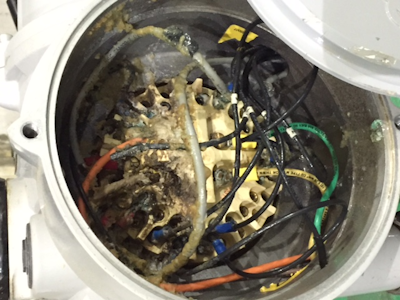
Faced with a storm event of historic proportions in early October, the City of Columbia, South Carolina, and its dedicated staff members tackled the challenges of preparing for the event, dealt with it as it hit, and responded to the aftermath of the heavy rains and related flood...







